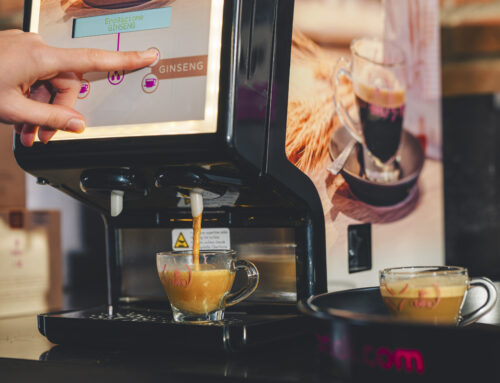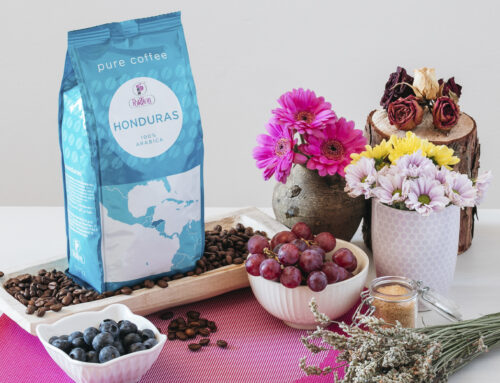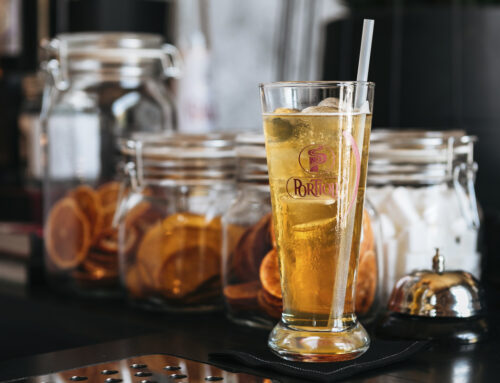Working coffee is a real art that requires knowledge and passion. These are the ingredients that Portioli roasting company offers its customers, those who appreciate the taste and quality of the best cup of espresso. So let us see together how coffee is processed and the methods used from the bean to the cup without making the coffee lose its properties and organoleptic characteristics.
Coffee processing varies depending on the type of coffee you want to obtain.
The main harvesting methods are:
- Stripping or dry treatment
A method that involves harvesting all the fruit at once, when the degree of ripeness is average on all plants. Then the cherries are spread out to dry in the sun for about 1 month. Once dried, they will then be hulled to obtain the kernels.
The next stage is riddling, during which the kernels are separated according to size and impurities.
- Picking or wet treatmentFarmers go through the plantation several times, picking only the ripe berries. Immediately after harvesting, the beans undergo stripping by passing through machinery that uses a continuous flow of water to cut through the skin and pulp, freeing the beans. The next step is washing the beans, which takes about 24 to 48 hours. The coffee still in parchment is spread out to dry in the sun for about 2 weeks. Once the beans are dried, the silver film and parchment will be removed.
Wet Hulled Method
The Wet Hulled Method, also known as the “semi-washed method” or the “Giling Basah method,” is a coffee processing method used mainly in Indonesia, but also in other Asian countries such as Vietnam.
In this process, after harvesting, the coffee berries undergo removal of the outer pulp and fermentation, as in the traditional coffee processing method. However, unlike the traditional method, coffee beans are removed from their mucilaginous envelope before they are completely dry.
In this way, coffee beans are extracted from their mucilaginous covering while they are still wet, instead of being completely dry as in the traditional method. This process is called “wet hulling” and is achieved by using special machines called “hullers.”
The wet hulling process gives coffee beans a unique character with an intense, full-bodied and spicy flavour, making them highly valued by specialty coffee consumers. However, the wet hulling process can also make coffee beans more vulnerable to mold and spoilage, so careful monitoring of the processing and storage is necessary.
Honey Method
The Honey Method is a coffee processing method that uses an intermediate amount of water during the process of removing the outer pulp of coffee berries. This process is called “honey” because it leaves a sticky honey-like layer of sugar on the surface of coffee beans, which remains during the drying stage.
In this processing method, after harvesting, coffee berries undergo partial removal of the outer pulp, leaving a certain amount of pulp and mucilage on the beans. Coffee beans are then placed to dry, usually in the sun, on drying grids or beds, without being washed further.
During the drying process, the layer of pulp remaining on the coffee beans dries and hardens, forming a sugary layer that gives the coffee a sweet, fruity, honey-like flavour, hence the name of the method.
The Honey method can be classified according to the amount of pulp removed during the processing. For example, “Yellow Honey” involves the partial removal of pulp, leaving about 50 percent of the pulp remaining on the beans, while “Red Honey” involves the removal of about 70 percent of the pulp. In general, the greater the amount of pulp left on the beans, the greater the degree of sweetness and body of the coffee.
As you can see, there is not a unique way to process coffee, and depending on the method of coffee processing, the beverage will have specific characteristics. This is why it is important to choose not only the variety of coffee, but also the roaster, preferring those who, like Portioli, have a consolidated experience of the different stages, from the bean to the cup.












